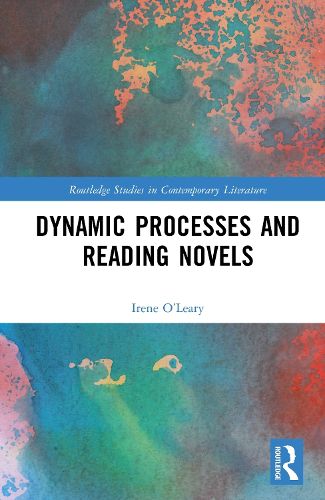Readings Newsletter
Become a Readings Member to make your shopping experience even easier.
Sign in or sign up for free!
You’re not far away from qualifying for FREE standard shipping within Australia
You’ve qualified for FREE standard shipping within Australia
The cart is loading…






This book is about the dynamic processes that generate novel-reading. It takes the view that the world is composed of dynamic processes and introduces a process dynamics approach to articulate this stance. This fresh perspective draws on literary studies, process philosophy and neuroscience to argue that dynamic literary and microcognitive processes constantly reconfigure the conditions that they co-create during reading. Analyses of The.PowerBook by Jeanette Winterson, The Curious Incident of the Dog in the Night-time by Mark Haddon and Oryx and Crake by Margaret Atwood consider style, narration, allusion and creativity in interaction with diverse microcognitive processes involved in reading. The analyses are strengthened by taking live action into account, illuminating changes that many critical perspectives miss or standardise, and avoiding reliance on illusory ideal readers and readings. In proposing a process approach to dynamics and its analysis, this book paves the way for new research across disciplines.
$9.00 standard shipping within Australia
FREE standard shipping within Australia for orders over $100.00
Express & International shipping calculated at checkout
This book is about the dynamic processes that generate novel-reading. It takes the view that the world is composed of dynamic processes and introduces a process dynamics approach to articulate this stance. This fresh perspective draws on literary studies, process philosophy and neuroscience to argue that dynamic literary and microcognitive processes constantly reconfigure the conditions that they co-create during reading. Analyses of The.PowerBook by Jeanette Winterson, The Curious Incident of the Dog in the Night-time by Mark Haddon and Oryx and Crake by Margaret Atwood consider style, narration, allusion and creativity in interaction with diverse microcognitive processes involved in reading. The analyses are strengthened by taking live action into account, illuminating changes that many critical perspectives miss or standardise, and avoiding reliance on illusory ideal readers and readings. In proposing a process approach to dynamics and its analysis, this book paves the way for new research across disciplines.